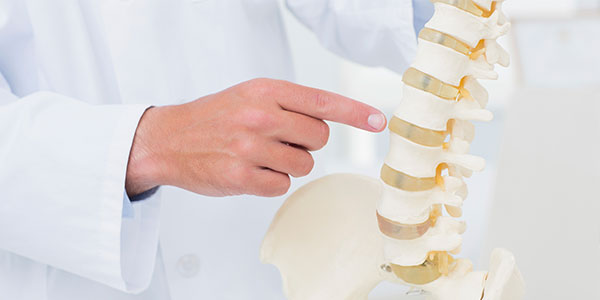If you're experiencing serious back pain right now, it's tempting to think surgery will provide relief. Yet only a small fraction of those with back pain will benefit from surgery.
Ray Oshtory, M.D., an orthopedic spine surgeon at California Pacific Medical Center, says back pain by itself is not a good indicator of the need for surgery. "Surgical methods have advanced tremendously in their ability to solve some back problems in a minimally invasive way. However, studies show that when it comes to back pain alone, without other symptoms, surgery doesn't work any better than rehabilitation."
So, when is surgery necessary and helpful? Here's what you need to know.











